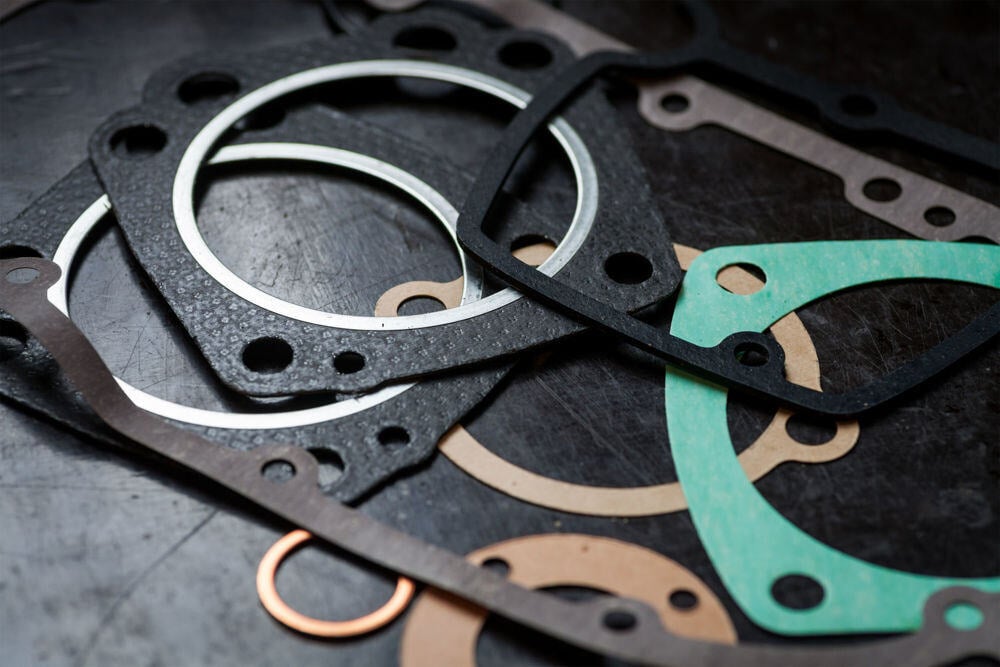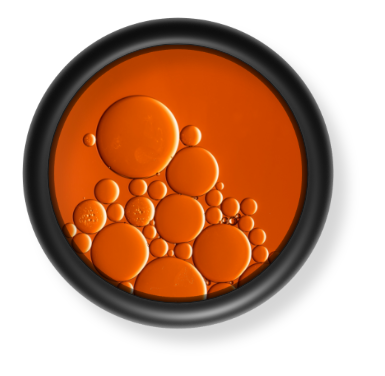Top 6 Key Considerations for Choosing the Right Gasket: A Comprehensive Guide
Industrial gaskets play a critical role in ensuring the proper functioning of machinery and equipment. They prevent leaks, maintain pressure, and ensure smooth operation, ultimately contributing to a safe and efficient workplace. But with so many different types available, choosing the right gasket can feel overwhelming.
This blog post will delve deeper into the six crucial considerations for selecting the perfect gasket for your needs, providing practical examples and real-world applications.
1. Operating Conditions: The environment where the gasket will be used is paramount
-
Temperature: Extreme heat or cold can affect the gasket's performance. For high-temperature applications (above 400°F), consider materials like graphite or PTFE. Lower temperature applications may require elastomers like EPDM or silicone.
-
Pressure: The pressure exerted on the gasket determines its required strength and material. High-pressure applications might demand metallic gaskets, while lower-pressure systems could use elastomeric or non-metallic options.
-
Fluids: The type of fluid being sealed is critical. Corrosive fluids necessitate gaskets made from resistant materials like stainless steel or PTFE. For applications involving solvents, hydrocarbons, or oils, elastomers like Viton or Buna-N are suitable choices.
-
Vacuum: Gaskets in vacuum systems need to be carefully chosen to prevent outgassing, which can affect performance. Materials like Viton, PTFE, or silicone are preferred.
Example: Imagine a gasket for a high-pressure steam valve operating at 500°F. In this scenario, a metallic gasket made of stainless steel or a graphite-based gasket would be ideal.
2. Material Compatibility: The gasket's material must be compatible with the materials of the flanges it is sealing
-
Chemical Resistance: The gasket shouldn't react or degrade when exposed to the sealed fluid. For example, rubber gaskets might not be suitable for strong acids or solvents.
-
Thermal Expansion: Materials with similar thermal expansion coefficients should be paired to avoid stress and potential leaks. Consider a graphite gasket for a steel flange, as they have similar thermal expansion characteristics.
-
Surface Finish: The gasket material should match the surface finish of the flanges. A rough surface might require a compressible gasket material to ensure a proper seal.
Example: In a system using a stainless steel flange, a gasket made of PTFE or stainless steel would be compatible, ensuring chemical resistance and minimizing thermal expansion differences.
3. Gasket Type: Various gasket types cater to different applications
-
Flat Gaskets: Simple, cost-effective, and widely used for low-pressure applications. Examples: rubber gaskets, fiber gaskets, and metal-clad gaskets.
-
Spiral Wound Gaskets: Offer high pressure sealing capabilities and excellent adaptability to uneven flange surfaces. Common in piping systems, valves, and heat exchangers.
-
Ring Joint Gaskets: Provide superior sealing under high pressure and temperature. Ideal for critical applications requiring high reliability.
-
O-Rings: Circular seals offering excellent sealing in static applications like fittings and valves. They're often made from elastomers like Viton or Buna-N.
Example: For a high-pressure pipeline carrying corrosive fluids, a spiral wound gasket with a metallic filler would be a robust and reliable choice.
4. Size and Shape: The gasket's dimensions must match the flanges being sealed
-
ID/OD: The inner and outer diameter should align with the flange dimensions.
-
Thickness: The gasket's thickness can impact the sealing pressure and compression required.
-
Shape: Gaskets come in various shapes, such as round, oval, rectangular, and custom configurations, depending on the application.
Example: For a 4-inch diameter flange, a gasket with a 4-inch inner diameter and a 6-inch outer diameter would be needed, ensuring a proper fit and seal.
5. Gasket Performance
-
Sealing Performance: Consider the desired level of sealing. Some gaskets excel in preventing leaks under high pressure, while others focus on preventing fluid permeation.
-
Compression Set: The tendency of a gasket to permanently deform under compression can affect its sealing performance over time. Look for materials with low compression set for long-term reliability.
-
Reusability: Some gaskets are designed for multiple uses, while others are intended for single-use applications.
Example: In a critical application where a leak could be hazardous, a gasket with excellent sealing performance and minimal compression set would be vital for ensuring long-term safety and reliability.
6. Cost Considerations:
-
Material Cost: The material used influences the gasket's price. Exotic materials like PTFE or high-grade alloys are generally more expensive.
-
Gasket Type: Complex gasket designs, like spiral wound gaskets, often have a higher cost than simple flat gaskets.
-
Quantity: Bulk orders typically offer cost advantages.
Example: For a low-pressure application where cost is a significant factor, a simple flat gasket made of rubber or fiber could be a cost-effective solution.
Conclusion:
Choosing the right industrial gasket involves a careful consideration of several factors. By assessing operating conditions, material compatibility, gasket type, size, performance, and cost, you can make an informed decision that ensures the safety, efficiency, and longevity of your equipment.
Remember, consulting with a gasket specialist can provide valuable guidance and help you select the ideal gasket for your specific needs.
APG WANTS TO BE YOUR GASKET PROVIDER
APG has been providing fluid sealing products to our customers since 1943, offering a wide variety of materials suitable for all applications.
Shop our gasket selection now!
Not sure what material is best for your application? No problem! Contact us or give us a call at 1-800-888-5223 and one of our customer service experts will be happy to assist you!









 +1 800-888-5223
+1 800-888-5223


.png?width=352&name=Which%20O%20ring%20works%20best%20for%20your%20industry%20(1).png)

.png)